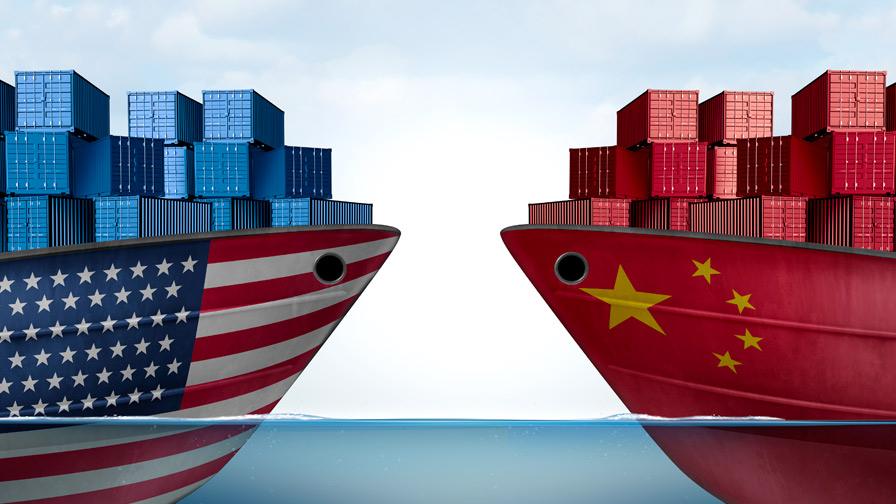Are Bilateral Trade Agreements Weakening Trade Blocs?
In 2007, South Korea and the US signed a free-trade agreement known as KORUS FTA, which covers more trade than any other US trade agreement, except NAFTA. Does this agreement means that the US and other countries have been moving from regional trade and political blocs to bilateral commerce agreements? Not at all.
The trade blocs like NAFTA, CAFTA, ASEAN, ANDEAN, MERCOSUR, EU and other smaller blocs are based on geographical proximity and typically include more subjects than only commercial matters.
Common customs procedures, facilitation of commerce in different aspects, movements of people, recognition of tax differences and many other items often are outlined in these agreements.
Of course, the EU is largely the most important and most entrenched trade bloc, including a parliament, a common currency, and in many cases common legislation and even judiciary authority.
The case of the KORUS agreement has two clear aspects:
1) Commercial
2) Political
On the political side, we cannot forget that South Korea is a strategic political ally of the US, the result of a war in which the US invested not only money, but the lives of its citizens. That is the limit to the south of North Korea, which, having nuclear weapons and being a declared enemy of the West, is a real problem for US diplomacy in Asia.
In one way or another, China to the north and South Korea to the south are the political and physical limits to any action of North Korea, and this fact explains many of the different negotiations, commercial or not, between the US, China and South Korea.
In terms of the commercial aspects of the agreement, we can divide the agreement in three big issues:
1) Industrial Products
2) Services
3) Agriculture
For industrial products, the top product is automobiles. For example, South Korea has made great inroads in the world of automotive production, and when the pact was discussed at the end of 2007, 25% of total US imports from Korea were auto and related parts. We should not forget that the US auto industry required a big effort from the American government in order to be rescued during the crisis of 2008/09.
Following autos, we can find electrodomestic products and electronics. Autos and the other metallurgical products have a strong political force in the US. Steel appears also in the pact. Korea, which produced little steel 20 years ago, developed its own production to support the automotive, ship and metallurgical industries, which depend on steel as raw material.
In relation to services, insurance, banking and related activities are always part of all agreements in which the US is part. This is related clearly with the great lobbying power of those sectors, and the globalization of the services and financial activities.
Finally, agriculture commodities play an important role in these agreements, and each is treated differently.
For example, rice is exempted from any preferential treatment in the US, but beef and other agricultural items have some incentives attached to them. Korean farmers are somewhat displeased with the agreement on rice, judging by their public comments, but the overall benefit they enjoy outweighs the line-item oppositions.
In conclusion, it appears that the bilateral agreements will not replace bloc agreements, but they will continue to be important tools to adjust certain political relations, or certain commercial conveniences between countries and blocs.
The fine print of the agreements explains the reasons of each alliance.
From the point of view of the agribusinesses, this KORUS FTA will benefit the US agricultural sector, including beef producers and exporters, and of course the suppliers of agrochemicals to those producers.





